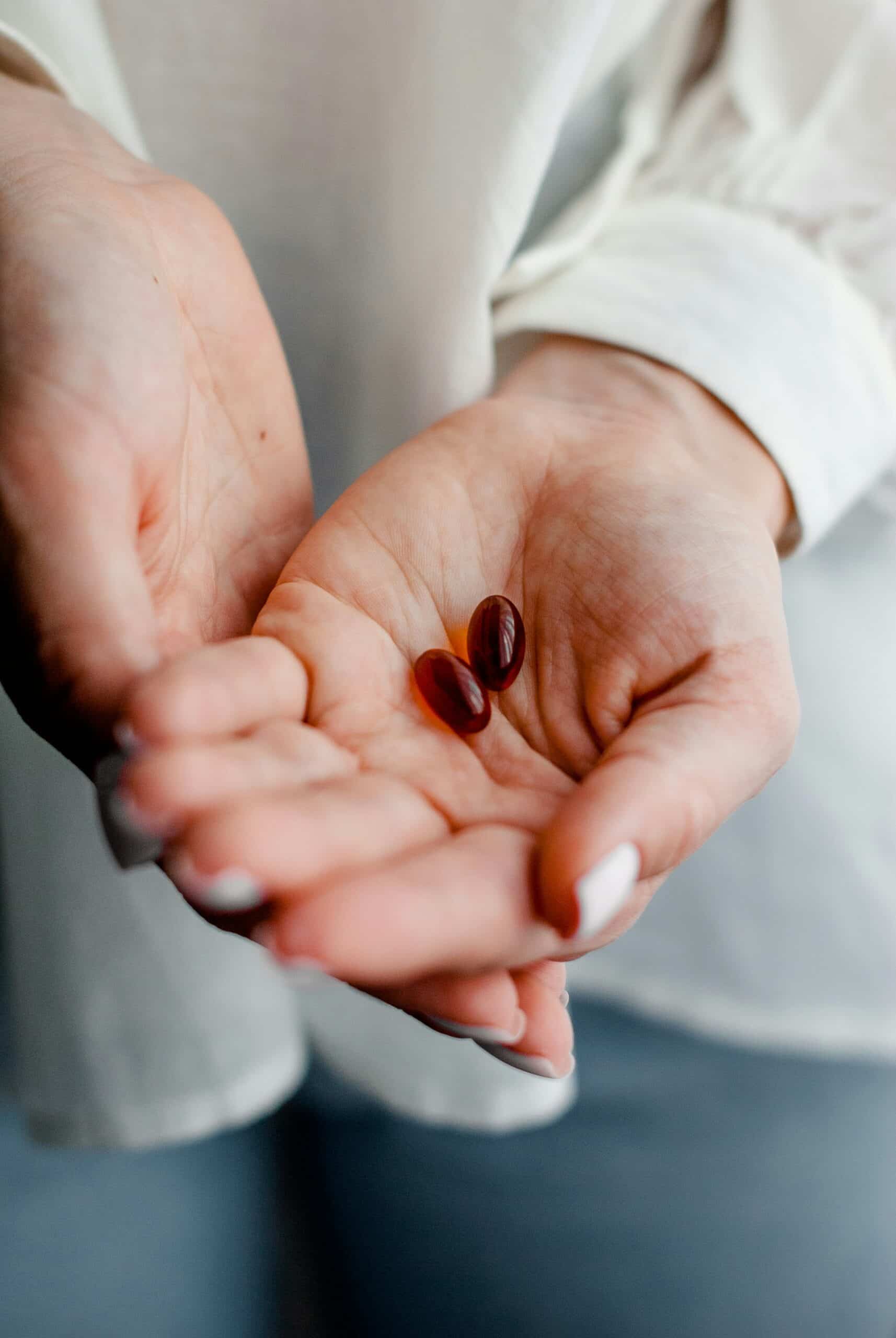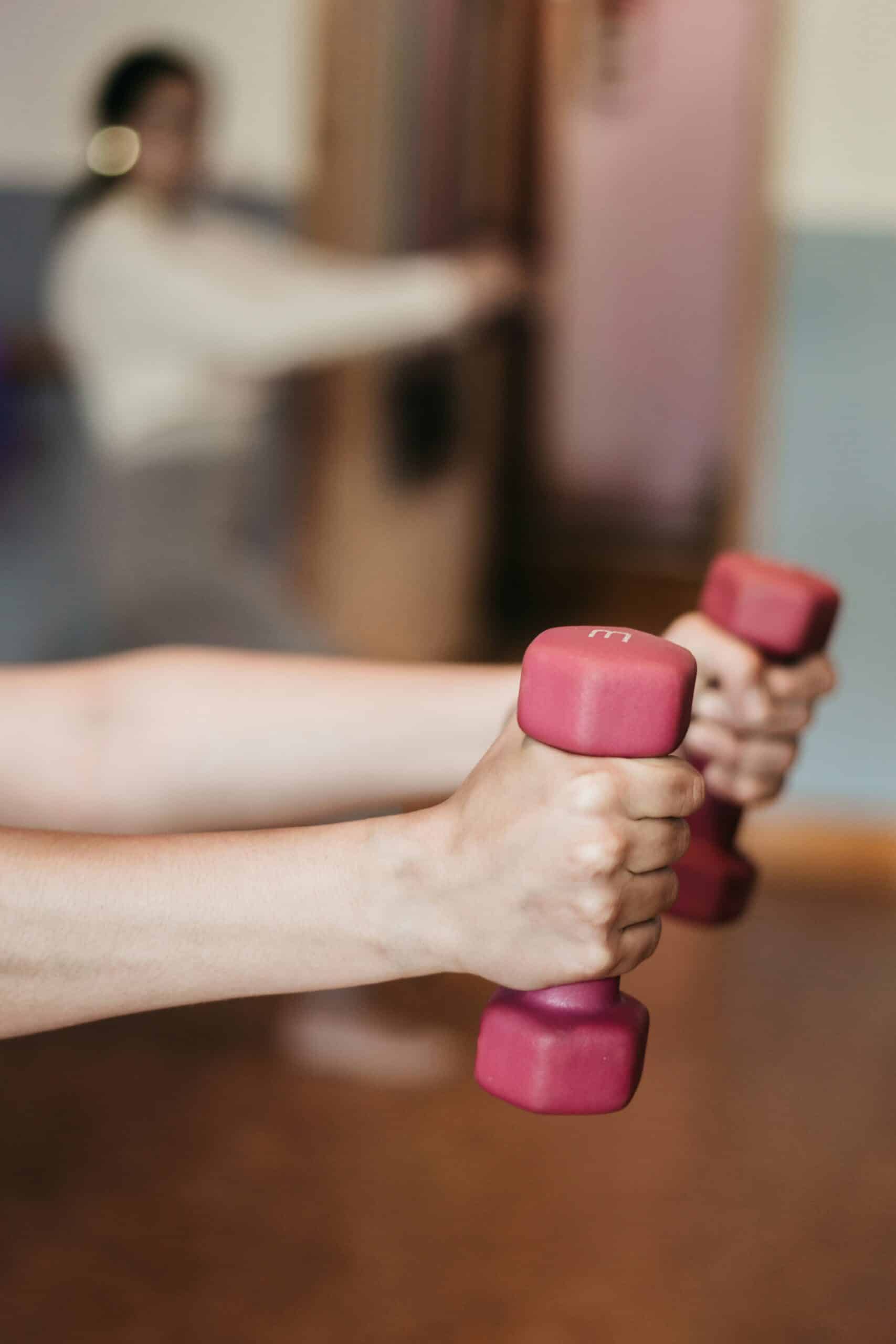Endometriosis chronic pelvic pain relief is essential for the one in ten women worldwide who experience persistent discomfort from endometrial tissue outside the uterus. This guide offers clear strategies, from understanding pain triggers to exploring medical, surgical, natural, and lifestyle approaches—plus emotional support techniques—all designed to improve daily life and foster lasting comfort. You will learn what drives pelvic pain in endometriosis, evidence-based treatments, complementary therapies, targeted physical exercises, diet and stress reduction tips, and ways to cope emotionally.
What Causes Chronic Pelvic Pain in Endometriosis?

Chronic pelvic pain in endometriosis arises when endometrial-like implants trigger inflammation, scar tissue, and nerve changes that perpetuate discomfort. Understanding these underlying mechanisms empowers women to seek precise treatments that address pain at its source.
How Does Endometriosis Lead to Pelvic Pain?
Endometrial implants grow on organs outside the uterus and bleed each cycle, causing irritation and micro-inflammation that generate pain signals and cramping. These lesions provoke an immune response that increases prostaglandins—compounds promoting uterine contractions and sensitivity—so pinpointing and treating implants reduces cyclical and constant pain.
What Role Do Inflammation and Adhesions Play in Pain?
Inflammation in endometriosis elevates cytokines and prostaglandins, which sensitize nerves and intensify ache in the pelvis. Adhesions form when healing tissue binds organs together, creating tension and pressure that amplify discomfort during movement. Reducing inflammation and surgically releasing adhesions can interrupt this pain cycle.
How Does Nerve Sensitization Affect Endometriosis Pain?
Chronic lesions promote nerve fiber growth into endometriotic tissue and heighten pain pathways in the spinal cord—a process known as central sensitization. Women develop hyperalgesia, where even mild stimulation triggers strong pain. Targeting nerve sensitization with specific medications or therapies can restore normal pain thresholds.
What Medical Treatments Are Available for Endometriosis Pain Relief?

Medical treatments for endometriosis pain relief combine anti-inflammatory drugs, hormone modulators, and prescription pain modifiers to reduce symptoms and slow lesion growth. Early intervention with these therapies often improves quality of life and delays the need for surgery.
How Do NSAIDs Help Reduce Endometriosis Pain?
Nonsteroidal anti-inflammatory drugs (NSAIDs) like ibuprofen and naproxen block prostaglandin production, reducing uterine cramping and pelvic inflammation. When taken at the start of menstrual pain, NSAIDs can lessen both intensity and duration of discomfort, offering rapid relief for mild to moderate pain.
What Hormonal Therapies Are Effective for Pain Management?
Hormonal therapies suppress estrogen-driven lesion growth and stabilize hormone fluctuations that trigger pain. Common options include combined oral contraceptives, progestin-only pills, GnRH agonists, and GnRH antagonists.
Hormonal control improves chronic pelvic pain by limiting tissue proliferation and reducing inflammatory markers.
Hormonal Therapies for Endometriosis
Hormonal therapies are a common medical approach to managing endometriosis pain by suppressing estrogen-driven lesion growth. These therapies include combined oral contraceptives, progestin-only pills, GnRH agonists, and GnRH antagonists, each working through different mechanisms to reduce pain and lesion activity.
When Are Prescription Pain Modifiers Recommended?
Prescription pain modifiers such as neuropathic agents (e.g., gabapentin) or low-dose tricyclic antidepressants target nerve sensitization and visceral pain. They are recommended when NSAIDs and hormones fail to control severe or noncyclical pain, offering central nervous system modulation that can restore comfort.
Which Surgical Options Provide Relief from Endometriosis Pelvic Pain?

Surgical treatments physically remove or destroy endometriotic implants, scars, and cysts to deliver significant pain reduction. Minimally invasive methods often speed recovery and preserve fertility when performed by an experienced specialist.
What Is Laparoscopic Excision Surgery and How Does It Help?
Laparoscopic excision surgery uses small incisions and a camera-guided blade to cut out lesions and scar tissue while minimizing damage to healthy organs. This targeted removal lowers pain signals at their origin, often resulting in swift relief and faster return to daily activities.
When Is Hysterectomy Considered for Pain Relief?
Hysterectomy—the removal of the uterus and sometimes ovaries—is considered when extensive disease and failed conservative treatments persistently impair life quality. By eliminating menstrual cycles, hysterectomy can permanently stop cyclic pain, though it is reserved for women who do not plan future pregnancies.
How Are Adhesions and Cysts Managed Surgically?
Surgeons perform adhesiolysis to gently release fibrous bands and cystectomy to remove endometriomas from the ovaries. Clearing adhesions restores normal organ mobility and draining or excising cysts reduces pressure and inflammation, leading to substantial pain reduction.
What Natural and Complementary Therapies Can Alleviate Endometriosis Pain?

Natural and complementary therapies support medical interventions by promoting relaxation, reducing inflammation, and stimulating internal pain-blocking mechanisms. Integrating these options fosters holistic pain management.
How Does Heat Therapy Provide Quick Pain Relief?
Applying a heating pad or warm compress to the lower abdomen relaxes pelvic muscles and dilates blood vessels, which improves circulation and eases cramping. Consistent daily heat application can interrupt pain cycles and support other treatments.
What Are the Benefits of Acupuncture and Pelvic Massage?
Acupuncture stimulates endorphin release and balances energy flow, which reduces pelvic pain and stress. Pelvic massage—including myofascial release—targets tight connective tissue, improving mobility and diminishing tension in the pelvic floor muscles.
Which Herbal Supplements Support Pain Reduction?
Natural compounds in herbal supplements can decrease inflammation and soothe nerve pain.
Including these supplements under professional guidance can support overall pain-relief efforts.
How Can TENS Machines Help Manage Pelvic Pain?
Transcutaneous Electrical Nerve Stimulation (TENS) delivers gentle electrical pulses that block pain signals and promote endorphin release. Regular home use of a TENS unit can enhance comfort between medical appointments.
How Can Pelvic Floor Physical Therapy Improve Endometriosis Pain?

Pelvic floor physical therapy strengthens core support, releases muscle spasms, and retrains dysfunctional patterns that worsen pain. Working with a specialist enhances body awareness and restores pelvic stability.
Benefits of Pelvic Floor Physical Therapy
Pelvic floor physical therapy is a beneficial treatment for endometriosis pain, as it strengthens core support, releases muscle spasms, and retrains dysfunctional patterns that worsen pain. This therapy enhances body awareness and restores pelvic stability [3].
This citation supports the article’s discussion of pelvic floor physical therapy as a method for managing endometriosis pain.
What Are Myofascial Release and Trigger Point Therapies?
Myofascial release applies sustained pressure along tight connective tissue to free restrictions, while trigger point therapy locates and relaxes hyperactive muscle knots. Both methods reduce pelvic tension and interrupt pain-sustaining feedback loops.
Which Pelvic Floor Exercises Help Reduce Pain?
Gentle strengthening and stretching exercises—such as pelvic tilts, glute bridges, and gentle squats—promote balanced muscle function and reduce load on painful areas. A tailored routine improves posture and supports internal organs to relieve chronic ache.
How Does Diaphragmatic Breathing Support Pain Relief?
Deep diaphragmatic breathing engages the transverse abdominis and pelvic floor, encouraging muscle relaxation and lowering stress hormones. Incorporating guided breathing breaks pain cycles and enhances the benefits of physical therapy sessions.
What Lifestyle and Dietary Changes Support Endometriosis Pain Relief?

Targeted lifestyle adjustments complement medical interventions by reducing systemic inflammation, improving mood, and enhancing overall resilience to pain triggers.
How Does an Anti-inflammatory Diet Reduce Pelvic Pain?
An anti-inflammatory diet focuses on colorful fruits, leafy greens, fatty fish, nuts, and whole grains that supply antioxidants and essential fatty acids. These nutrients reduce inflammatory markers and support tissue repair, helping to diminish pelvic discomfort over time.
What Stress Reduction Techniques Are Effective for Chronic Pain?
Consistent practice of yoga, meditation, progressive muscle relaxation, and adequate sleep hygiene lowers cortisol levels and balances the nervous system. Regular stress management prevents pain flare-ups and fosters emotional well-being.
How Does Regular Exercise Benefit Endometriosis Pain?
Low-impact activities such as walking, swimming, and cycling enhance blood flow, boost endorphins, and strengthen core muscles. Consistent movement reduces pelvic congestion and builds tolerance to pain.
Why Is Proper Hydration Important for Pain Management?
Staying well-hydrated helps maintain healthy tissue elasticity and flush inflammatory byproducts from the system. Drinking enough water supports muscle function and lessens cramping intensity.
How Can Women Cope with the Emotional Impact of Endometriosis Pain?

Addressing mental health is vital for holistic pain relief, as chronic pain often leads to mood disorders and social isolation. Emotional coping strategies restore hope and improve daily functioning.
What Mental Health Challenges Are Common with Endometriosis?
Women with endometriosis frequently face anxiety, depression, fatigue, and diminished self-esteem due to ongoing pain and fertility concerns. Recognizing these challenges validates their experience and guides appropriate support.
How Do Support Groups and Psychotherapy Help?
Support groups connect women with similar struggles, offering empathy, practical tips, and a sense of community. Psychotherapy—especially cognitive behavioral therapy—teaches coping skills, reframes negative thoughts, and reduces pain perception.
What Are Practical Tips for Improving Quality of Life?
Establishing a balanced routine that includes gentle exercise, purposeful rest, creative hobbies, and social time promotes resilience. Setting realistic expectations, planning around pain cycles, and celebrating small victories help women regain control.
Endometriosis chronic pelvic pain relief requires a multifaceted plan that combines precise treatments, complementary therapies, and lifestyle adjustments. By partnering with healthcare providers and exploring options at the Endo Excellence Center, women can enhance support, improve daily function, and reclaim lasting comfort. A proactive, personalized approach empowers each woman to manage pain effectively and live with greater ease.

